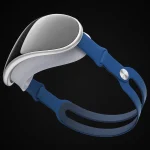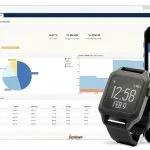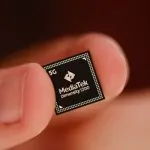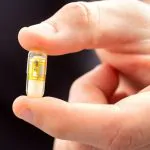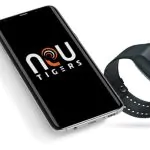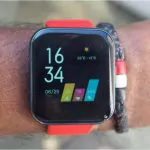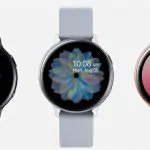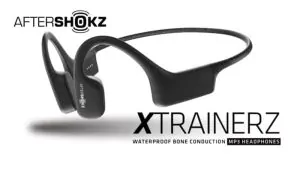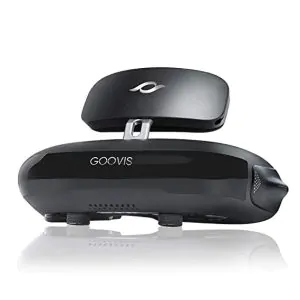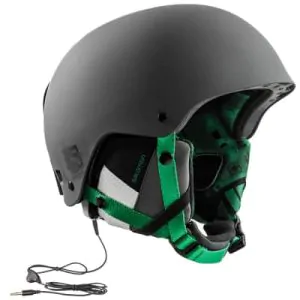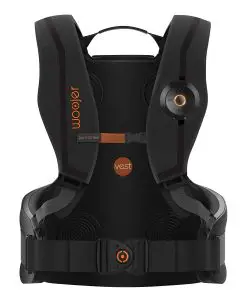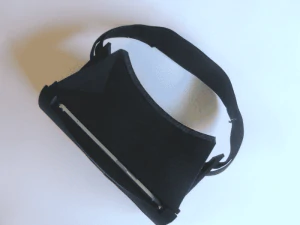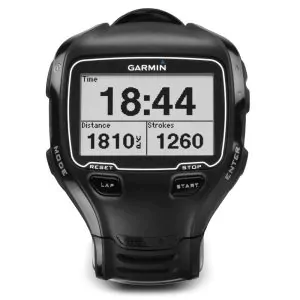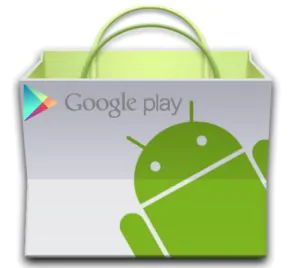The conclusion of a year of investigation and legal wrangling is that Fitbit is now a Google company.
Fitbit’s rampant success through the 2010s saw it flourish as many of its rivals faltered. The company IPO’d in 2015, and has become one of the few new household names in technology the decade.
Jawbone and Pebble fell it its wake (Fitbit consumed the latter) and the company has gone toe-to-toe with Apple, Garmin, Samsung – and more recently – Huawei.
But its union with Google is something of a marriage of necessity. Fitbit has fallen in the ranks of wearable makers, especially worldwide, as Apple and Chinese smartwatch OEMs squeeze the company from both sides.
And Google, for all its clout, has failed to make a mark in the smartwatch world. Together, the two could just change the picture.
But there’s been enough speculation about what might come of the deal – so instead we’ve taken time to examine what got Fitbit to this point.
We spoke to Fitbit’s Director of Algorithms, Conor Heneghan, about Fitbit then and now.
Fitbit’s origins
Fitbit’s first device was the Fitbit Tracker in 2009, but 2013 brought wearables to the collective consciousness with the Flex (above).
These two devices brought the idea of step tracking and the evergreen 10,000 goal to the masses. But it was the next device, the Charge HR, that Conor Heneghan believes transformed the company thanks to its optical heart rate sensor.
“I certainly think the move to the optical heart rate tracking was pretty pivotal as a technical enabler,” Heneghan told Wareable.
“We build so much around that. The estimation of the sleep stages, sleep score, heart rate variability. It’s all relying on that optical heart rate sensors, so that’s a key milestone,” he continued.
And it’s not all about swanky sensors – the nuts and bolts of consumer tech have had a big part to play:
“Smartphone infrastructure has been obviously a key enabler. Five years ago we still had we had a Bluetooth PC dongle that people were using for syncing. And as that’s become such a rare thing. So obviously that that whole infrastructure has made a big difference,” he said.
And finally, the move to innovations like ECG have transformed wearables in the recent past – and is still shaping the devices on our wrists.
“And then I think the other thing from the evolution, certainly from my point of view, is we’ve begun to engage in some of the health regulated features.
“That’s a general milestone for wearables as well, that they actually become almost like a physiological instrument that can help people with health care as well wellness,” Heneghan added.
Taking the fit out of Fitbit

Fitbit has certainly lurched away from fitness and more to health in recent years – and that’s a big part of the company’s strategy.
While 2016’s Fitbit Blaze debuted VO2 Max as the “cardio fitness score” – that device failed to make a mark.
But the introduction of Sleep Stages (2017), mensural cycle tracking (2018) and then stress, temperature, ECG on the Fitbit Sense (2020) have all been wellness focused.
And it may surprise to know that Fitbit sees itself as a wellness and health company, not a fitness one.
“Obviously we have some great fitness offerings, but I do think it’s a lot broader,” Heneghan said.
“A lot of our users are not the traditional gym bunny, trying to get super fit. We’re about general lifestyle wellness – that’s our prime use case.”
People’s data is their own data

As a company, Fitbit has often resisted bombarding users with health data. Cardio Fitness is a prime example, where it took the idea of VO2 Max and made it simpler to understand.
But the launch of the Fitbit Health Dashboard for Premium users has seriously upped the amount of data thrown at users. Blood oxygen saturation, breathing rate and heart rate variability are all presented in raw form, for the first time – when they’ve previously been tracked in the background.
But Heneghan says this isn’t a change of strategy and that people’s data is their own data – so they should have a choice to access it.
“We’re always interested innovating on the sensor side. The good side of that is we’re measuring more, the bad side is there’s more data to potentially present, and can be confusing,” he said.
“We are always having a battle between, telling people what we’re measuring or do we try and keep it simple?”
“That’s an evolving story. I wouldn’t say there’s been a conscious decision one way or the other. Philosophically, Fitbit is very committed to the idea that people’s data is their own data. It’s your measurement, so that what we try to do at least make it accessible,” he said.
The next frontier

Fitbit’s COVID-19 study has shown that its devices can spot the signs of illness before you show symptoms.
As we all take a greater interest in our health – the idea of illness detection will be even more in the spotlight.
And Heneghan tells wearable that reliably warning users about illnesses is a big focus for Fitbit.
“So what we’re trying to do right now is effectively make sure we have enough reliability to be able to fly a notification to somebody that ‘hey, you know, your basic physiology was off kilter. Have you considered this might be COVID?'”
“It’s always going to have this trade off between sensitivity and specificity; how many times you do a false alarm how many times you do get a true cause. We’re going with the illness detection from a COVID point of view right now, with a pretty high specificity approach.”
There’s no roadmap yet to how soon Fitbit will introduce illness detection, and the pandemic may be in its latter stages – or even over – before it makes it to our wrists.
But its introduction will be another notch on the Fitbit roadmap – something new and shiny now, which could become second nature to us in the future. Just like 10,000 steps, resting heart rate and even our breathing and heart rhythms are to us now.
And even as a Google company, Fitbit is still driving wearable tech features into the next decade.
